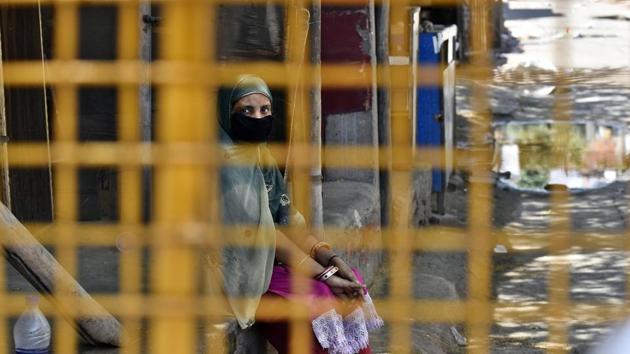Covid-19 lockdown: India should open up now
The country is better prepared on almost every front — testing, protective equipment, hospitals — than it was on March 25, when the first lockdown kicked in, and on April 14, but it isn’t clear whether this is enough should the number of cases rise when the lockdown ends.
Hindustan Times reported on Friday, citing people familiar with the matter in Delhi and several state capitals, that on Monday, in their third video conference with Prime Minister Narendra Modi in a month, at least some chief ministers are going to recommend that the lockdown be lifted on May 3, when it comes to an end. This is very different from how all chief ministers felt ahead of April 14, when the lockdown, enforced to slow the spread of Covid-19, was originally supposed to end — there was unanimity that it be extended.

That unanimity is likely to be missing on Monday.
The chairman of the Delhi government’s Covid-19 committee, Dr SK Sarin, has recommended extending the lockdown in the city-state till mid-May; Telangana has already extended it till May 7; and a few other states are reported to be thinking of an extension.
The easy option would be to just continue with the lockdown, but it is also an option that should not be exercised easily — the Indian economy would have been mostly inactive for 40 days by the time the lockdown ends on May 3. That’s already done enough damage — 2020 (calendar year) and 2020-21 (financial year) will be a year of recession in India, irrespective of how optimistic the International Monetary Fund or the Indian government choose to be.
The country is better prepared on almost every front — testing, protective equipment, hospitals — than it was on March 25, when the first lockdown kicked in, and on April 14, but it isn’t clear whether this is enough should the number of cases rise when the lockdown ends. To use phrases from epidemiology that have now entered popular lexicon, the curve has been flattened, the peak has been pushed but whether this will prevent the health system from being overwhelmed when India reopens is anybody’s guess.
Which is what makes the decision to be taken by the chief ministers and, most importantly, the Prime Minister a very difficult one. A calibrated and restricted lifting of lockdown curbs to permit manufacturing in safe areas has not taken off the way it was expected to — in one part because of the states mandating stringent norms on top of the guidelines announced by the home ministry, and in other part because of collateral issues such as lack of labour or broken supply chains. That the Centre wants an opening up is clear from the home ministry’s notification, over the weekend, on shops, although the stuttering way in which it went about this suggests that it still entertains some doubts about opening up.
It shouldn’t.
Testing is up — Hindustan Times reported last week that India will be carrying out up to 50,000 tests a day by the end of the month — and the protocols for screening, quarantining, and treatment are established (as well as they can be in the absence of a cure). Globally, 97% of the infections remain mild, according to worldometers.info, and in India, as many as 69% of the infected (till last week) are asymptomatic.
Which is why the government should now start toting up the economic costs.
People will lose jobs (some already have); many small businesses will go under; many big businesses will default on debt; consumption demand could take months to recover, as will supply chains; global merchandise trade will suffer; and all of this, and everything else that happens, will do so with the fear of a second wave looming large.
The damage to the economy calls for a relief and stimulus package — one that is already long-overdue — but also a lifting of the lockdown, at least in districts with few cases or none at all.
This should be accompanied by a proactive and aggressive containment protocol — neighbourhoods, cities, districts, even states where the infection rate seems to be accelerating should be locked down. And if things really spiral out of control, a national lockdown can be considered, but for now, the need is to open up.






